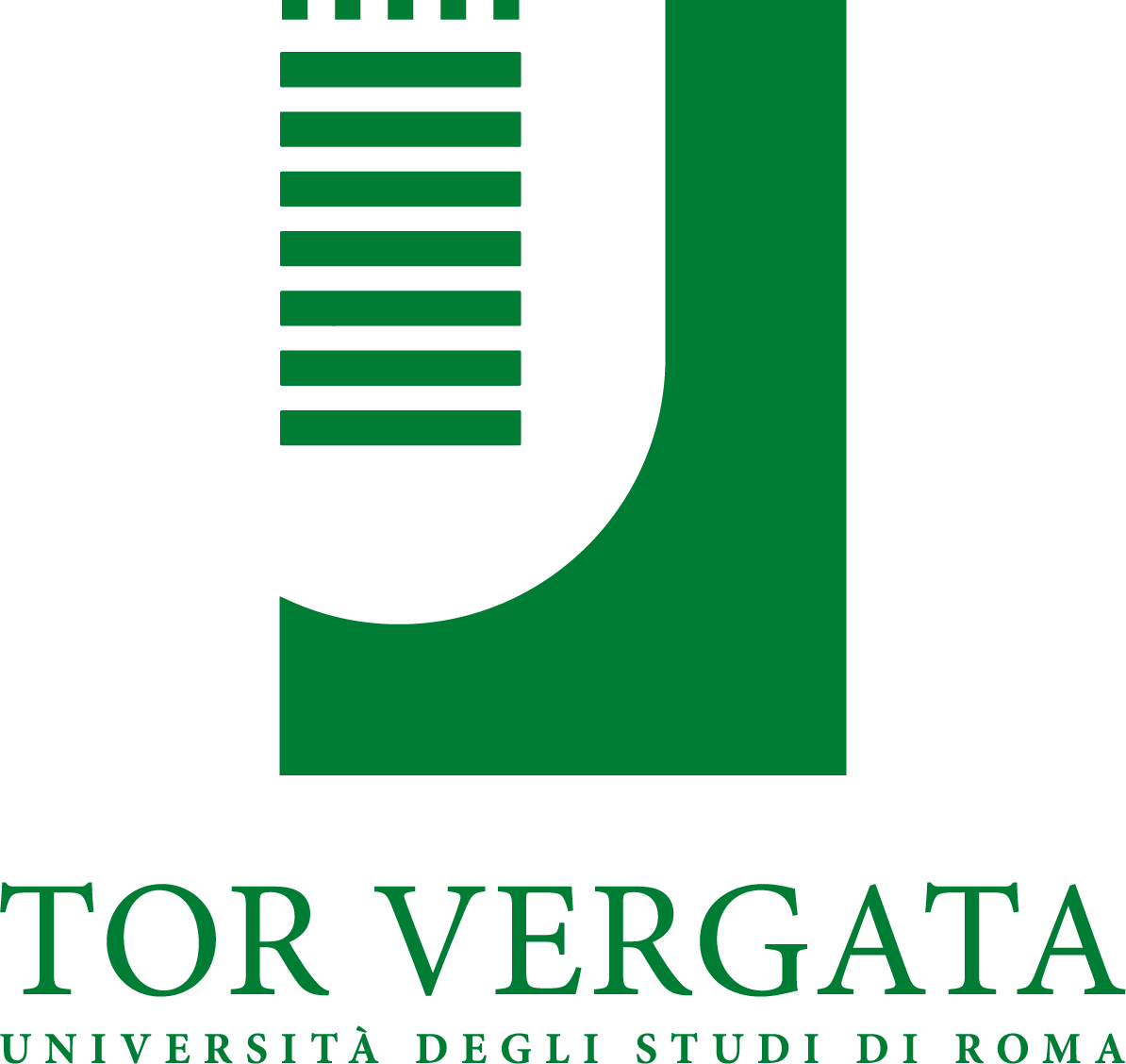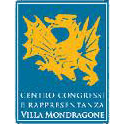Silvia Campello ![]()

Curriculum vitae
2000 D.Sci. Biological Science Degree, University of Padova(I).
2004 Ph.D. in Molecular and Cellular Biology and Pathology,Dept. of Biomedical Sciences, University of Padova(I).
2009-2011 Junior group leader,of the Mitochondrial Dynamics in Immunology Lab at the Centre Medical Universitaire, University of Geneva, (CH)
2011-presentHead of the Mitochondrial Dynamics in Neuropathology Lab at the IRCCS Fondazione Santa Lucia, Rome (I)
2014-present Associate Professor at the University of Rome Tor Vergata, Dept. of Biology, Rome (I)
Honors and Fellowships
FEBS Short Term Fellowship, EMBO Short Term Fellowship, FNS Short Term Fellowship (2010); Marie Curie Intra-European Fellowship – FP7-PEOPLE-IEF-2008 (2009); Roche Research Foundation Fellowship (2008); Collaboration fellowship (“Assegno di Ricerca”), University and Research Italian Ministry (MIUR) (2006-7); Annual fellowship for the participation to the Project C.E.E. Socrates-Erasmus scholarship at the University Paris XI of Orsay, France (1998).
Professional Memberships
2008-present The European Cell Death Organization;
2007-present The Biochemical Society;
2004-present Italian Society of Clinical Immunology and Allergology;
2000-present Italian Group of Bioenergetics and Biomembranes.
Funding
2009 – Foundation Schmidheiny, Svizzera
2010 – SociétéAcadémique de Genève, Svizzera
- Gertrude von Meissner Foundation, Svizzera
2011 – Grant “GiovaniRicercatori” GR-2009-1606827, Bando 2009, Ministerodella Salute, Italia
- MyFirst Grant MFAG 12120, AIRC, Italia
2014 – Grant “GiovaniRicercatori” GR-2011-02351643, Bando 2011-2012, Ministerodella Salute, Italia
Research field
Interest of our group is to investigate on the role of mitochondrial morphology in immunological processes fundamental for T cell physiology. We found that mitochondrial fission promotes lymphocyte chemotaxis, by unraveling a previously unexpected role for morphological mitochondrial adaptations in the immune system. We are now investigating on the role of mitochondrial dynamics in lymphocyte development and transformation, where migration is decisive. Moreover, the physiological apoptosis called Activation-Induced Cell Death (AICD) is essential in the generation and selection of a functional lymphocyte repertoire to avoid autoimmunity. We are also investigating on the crucial role that the mitochondria morphology has in the amplification of AICD and in autoimmune diseases, such as Multiple Sclerosis. In vitro, as well in vivo approaches are used in our studies, in combination with advanced microscopy technologies. Our group, indeed, developed in recent years an outstanding expertise on studying and analyzing mitochondrial morphology, so “touching” fundamental cell processes like apoptosis and autophagy.
Publications
• G. Di Giacomo, S. Campello, M.Corrado, L. Di Giambattista, C.Cirotti, G.Filomeni, G. Gentile. (2015) “Mature Erythrocytes of Iguana iguana (Squamata, Iguanidae) Possess Functional Mitochondria.”PLoS One. Sep 14;10(9):e0136770. doi: 10.1371/journal.pone.0136770.
• A.Ferreira-da-Silva, C.Valacca, E. Rios, H.Pópulo, P.Soares, M.Sobrinho-Simões, L.Scorrano, V.Máximo, S. Campello. (2015) “Mitochondrial dynamics protein Drp1 is overexpressed in oncocytic thyroid tumors and regulates cancer cell migration.”PLoS One. Mar 30;10(3):e0122308. doi: 10.1371/journal.pone.0122308.
• F.R. Mariotti, M. Corrado and S. Campello[corresponding auth.]. (2015) “Following Mitochondria Dynamism: confocal analysis of the organelle morphology”. In “Mitochondrial Regulation: Methods and Protocols”, C.M. Palmeira; A. Pinto Rolo (Eds.) Methods Mol Biol. 1241, 153-61.
• F.Strappazzon, F.Nazio, M.Corrado, V.Cianfanelli, A.Romagnoli, G.M.Fimia, S. Campello, R.Nardacci, M.Piacentini, M.Campanella, F.Cecconi. (2014) “AMBRA1 is able to induce mitophagy via LC3 binding, regardless of PARKIN and p62/SQSTM1.”Cell Death Differ.doi: 10.1038/cdd.2014.139. [Epub ahead of print]
• A.F. da Silva, F.R.Mariotti, V.Máximo, S. Campello. (2014) “Mitochondria dynamism: of shape, transport and cell migration.”Cell Mol Life Sci.71, 2313-24.
• S. Campello, F.Cecconi. (2014) “Ho(a)xing Autophagy to Regulate Development.”Dev Cell.28, 3-4.
• S. Campello [correspondig auth.], F.Strappazzon, F.Cecconi. (2014) “Mitochondrial dismissal in mammals, from protein degradation to mitophagy.”BiochimBiophysActa.1837, 451-460.
• S. Caserta, S. Campello, G. Tomaiuolo, L. Sabetta and S. Guido. (2013) “A Methodology to Study Chemotaxis in 3D Collagen Gels”. AIChE Journal. 59, 4025-35. (doi: 10.1002/aic.14164).
• M. Corrado, L. Scorrano and S. Campello. (2012) “Mitochondrial dynamics in cancer and neurodegenerative and neuroinflammatory diseases”. Int. J. Cell. Biol.2012:729290. doi: 10.1155/2012/729290.Epub 2012 Jun 27.
• F. Strappazzon, S. Campello and F. Cecconi. (2012) “Non-apoptotic roles for death-related molecules: when mitochondria chose cell fate”. Exp. Cell. Res. 318, 1309-15.
• F. Strapazzon, M. Vietri-Rudan, S. Campello, F. Nazio, F. Florenzano, G.M. Fimia, M. Piacentini, B. Levine and F. Cecconi. (2011) “Mitochondrial BCL-2 inhibits AMBRA1-induced autophagy”. EMBO j. 30, 1195-1208.
• R.L. Contento, S. Campello, A.E. Trovato, E. Magrini and A. Viola. (2010) “Adhesion shapes T cells for prompt and sustained T cell receptor signaling”. EMBO j. 29, 4035-47.
• S. Campello and L. Scorrano. (2010) “Mitochondrial shape changes: orchestrating cell patho-physiology”. EMBO Reports. 11, 678-84.
• S. Campello, M. Beltramini, G. Giordano, P. Di Muro, S. Marino and L. Bubacco; (2007) “Role of the tertiary structure in the diphenol oxidase activity of Octopus vulgarishemocyanin”. Arch.Biochem. Biophys. 471, 159-167.
• S. Campello, R.A. Lacalle, M. Bettella, S. Manes, L. Scorrano and A. Viola; (2006) “Orchestration of lymphocyte chemotaxis by mitochondrial dynamics.”JEM 203, 2879-2886.
• S. Campello*, U. De Marchi*, I. Szabò, F. Tombola, J.-C. Martinou and M. Zoratti; (2005) “The properties of the mitochondrial megachannel in mitoplasts from human colon carcinoma cells are not influenced by Bax.”FEBS Letters579, 3695-3700. [*both the authors contributed equally]
• U. De Marchi*, S. Campello*, I. Szabò, F. Tombola, J.-C. Martinou and M. Zoratti; (2004) “Bax does not directly participate in the Ca2+-induced permeability transition of isolated mitochondria.”J Biol Chem.279, 37415-37422. [* both the authors contributed equally]
• F. Tombola, S. Campello, L. De Luca, P. Ruggiero, G. Del Giudice, E. Papini, M. Zoratti; (2003) “Plant polyphenols inhibit VacA, a toxin secreted by the gastric pathogen H. pylori”FEBS Letters 543, 184-189.
• S. Campello, F. Tombola, G. Cabrini and M. Zoratti; (2002) “The vacuolating toxin of Helicobacter pylorimimicks the CFTR-mediated chloride conductance.” FEBS Letters532, 237-240.
• L. Morbiato, F. Tombola, S. Campello, G. Del Giudice, R. Rappuoli, M. Zoratti, E. Papini; (2001) “Vacuolation induced by VacA toxin of Helicobacter pylori requires the intracellular accumulation of membrane permeant bases, Cl- and water.” FEBS Letters 508, 479-483.
• F. Tombola, C. Pagliaccia, S. Campello, J.L. Telford, C. Montecucco, E. Papini and M. Zoratti; (2001) “How the Loop and Middle Regions Influence the Properties of Helicobacter pyloriVacA Channels.” Biophys. J. 81, 3204-3215.
Group components
Silvia Campello (ProfessoreAssociato); silvia.campello@uniroma2.it
Francesca Mariotti (postdoc); francesca.mariotti@uniroma1.it
Luca Simula (dottorando di Tor Vergata); luca.simula89@gmail.com





Università di Tor Vergata